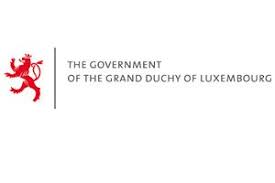Table 19.1: Collected revenues by entity and category of revenue (example only; actual entities and other details will vary by country)
| Collecting entities | Category of revenue | Collected Revenue | |||||
|---|---|---|---|---|---|---|---|
| Amount | % of total | ||||||
| National tax office | 1170 | 49% | |||||
| Income tax | 540 | 23% | |||||
| Value added tax | 390 | 16% | |||||
| Corporate tax | 200 | 8% | |||||
| Other taxes | 40 | 2% | |||||
| Custom authority | 500 | 21% | |||||
| Import duties | 350 | 15% | |||||
| Export taxes | 150 | 6% | |||||
| Energy and mines agency | 540 | 23% | |||||
| Oil royalties | 380 | 16% | |||||
| Extraction fees | 160 | 7% | |||||
| Department of Land and Home Affairs | 170 | 7% | |||||
| National part of property tax | 120 | 5% | |||||
| Property income | 50 | 2% | |||||
| Total | 2380 | 100% | |||||
administration among different agencies, which is common in lower capacity countries, particularly for petroleum; and (iii) administration of all natural resources revenues by a dedicated natural resource department, which may be rare, but may apply in petroleum production sharing regimes. In the case of a fragmented organizational framework, assessors should comment in the PEFA assessment report on the extent to which the organizations and state entities involved communicate and exchange information to ensure the effective and efficient administration of natural resources.
19:4. To evidence the materiality used to assess dimensions 19.1, 19.2, 19.3, and all dimensions of PI-20, assessors are encouraged to prepare a table containing information on collected revenue broken down by collecting entities and categories of revenue.
Dimension 19.1. Rights and obligations for revenue measures
DIMENSION MEASUREMENT GUIDANCE
19.1:1. This dimension assesses the extent to which individuals and enterprises have access to information about their rights and obligations, and also to administrative procedures and processes that allow redress, such as a fair and independent body outside of the general legal system (ideally a ‘tax court’) that is able to consider appeals.
19.1:2. The PEFA report narrative should provide information on the policies of each revenue agency regarding the dissemination of information. In this regard assessors should focus on the entities that administer most or the majority of central government revenue. The report should also describe the means by which taxpayers obtain information about their rights and obligations, and advice from revenue authorities, and whether the information is publicly available and in what form (e.g., online or
PEFA Handbook Volume 1: The PEFA Assessment Process – Planning, Managing and Using PEFA





